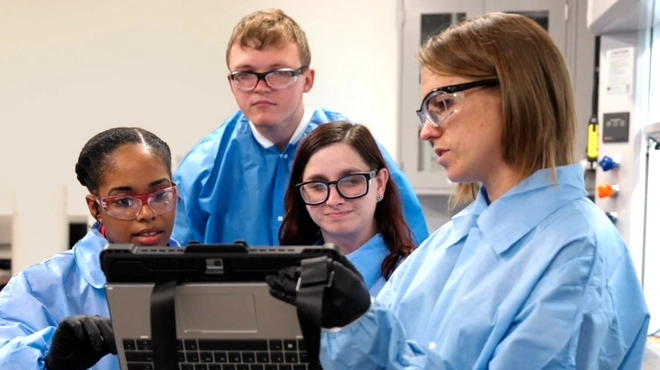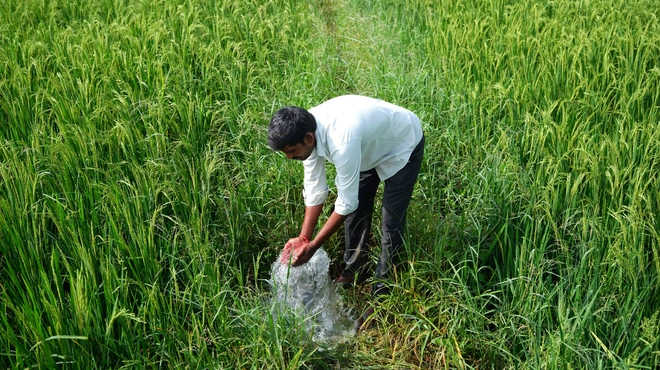Tyler Patron remembers his mother calling him in. He’d be out on the street playing Manhunt with his friends, and he’d have to come inside – every day, 365 days a year – to lie down on a mountain of pillows while a therapist pounded on his chest and back for an hour. “They’d whack me, to loosen up the mucus in my lungs,” he recalls.
Patron would cough it out, which gave him headaches. Some of the 30 daily pills he was taking addressed that pain. Others battled inflammation or provided pancreatic enzymes so that he could digest food and grow.
It was tough being a kid with cystic fibrosis (CF), a progressive disease that causes persistent lung infections and other complications. But Patron and his family – which soon included a brother, Zach, with the same disease – pushed relentlessly to enjoy life and to thrive. While battling CF – with the daily poundings, the search for the right mix of drugs, and the trips in and out of hospitals – Patron played on his high school hockey and lacrosse teams. He graduated in the top 10% of his class and went on to earn a degree in biochemistry and molecular biology from the University of Massachusetts in the US.
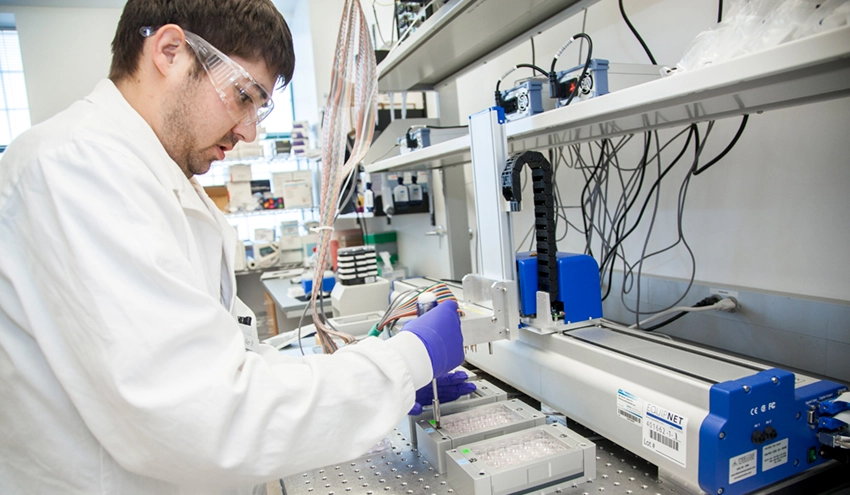
Now 27, he works at the Novartis Institutes for BioMedical Research (NIBR). He is part of a team that’s exploring potential treatments to battle his own disease.
A premature promise
Patron’s parents, Matt and Cheri, were only 22 when he was born in October 1989. He was immediately diagnosed with an intestinal blockage and whisked away to Boston Children’s Hospital in Massachusetts. After surgery, a group of doctors and nurses surrounded the young couple and delivered good and bad news. First, the bad: Patron had cystic fibrosis, a disease that his parents had barely heard of until then.
The disease, the doctors explained, was from a defective gene that both parents carried. It generated a protein unable to regulate the flow of fluids and salt in and out of cells. As a result, Patron’s lungs were caked with dry mucus, creating a test bed for dangerous germs and viruses. His pancreas was also affected, leading to digestion problems. The baby’s life expectancy was barely 18 years.
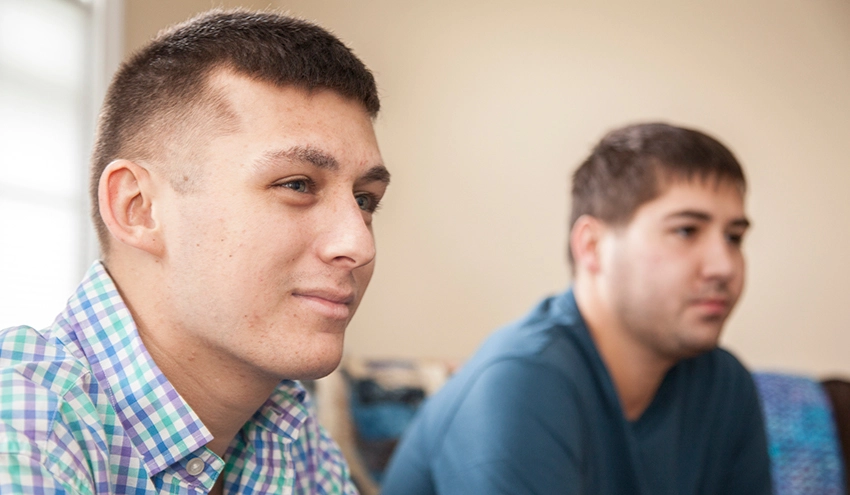
Then came the good news: Only a couple of months earlier, researchers had pinpointed the defective CFTR gene (short for cystic fibrosis transmembrane conductance regulator) that causes the disease. Within 10 years, the doctors said, there would be a cure for CF. “They were almost giddy,” Patron’s father recalls.
Patron’s parents did not count on a cure, much less plan for it. Their strategy was simple: do everything they could to keep Patron healthy and give him a normal life. For this, they would lean heavily on their large and supportive families, and also on the medical establishment in Boston – among the most advanced in the world. In the meantime, they would cram as much living as possible into Patron’s years (and later into his brother’s). When they had a chance to watch a space shuttle launch, for example, they zipped the kids down to Florida.
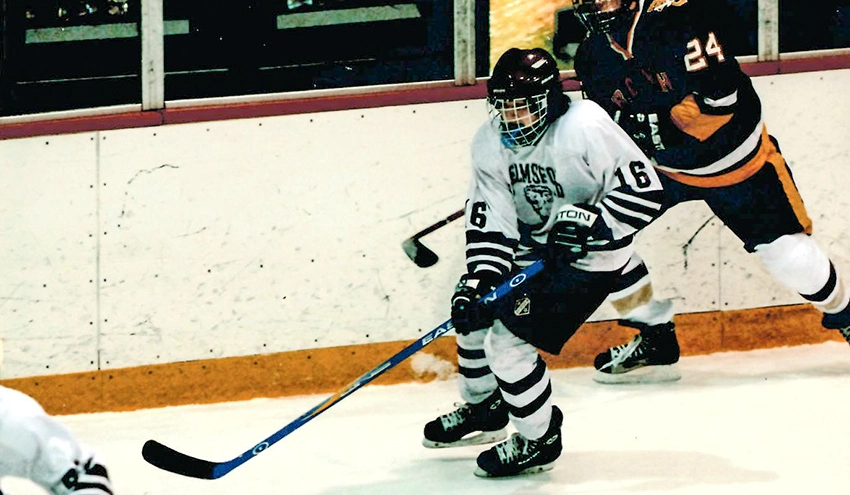
One key, of course, was to keep Patron active, but without risking injury. It turned out he wasn’t that interested in baseball or gymnastics; he instead wanted to play ice hockey. And at age 7, when he started to play, his lungs improved. The mixture of cold air and exercise was good for him. And though Patron topped out at a stocky 5 feet 9 inches (about 1.75 meters) – 4 inches shorter than his father and brother – he was a fast skater with a nose for the puck.
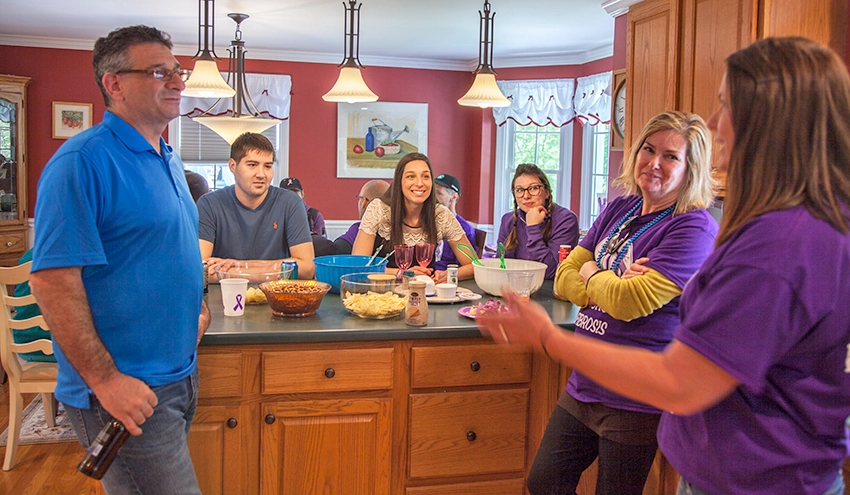
Hunting for a molecule
Patron went on to college, where he started preparing for medical school. But soon he wondered if it made sense to devote so many precious years to becoming a doctor. After all, despite advances in treatment for CF, the promised cure had not yet arrived, and life expectancy was still less than 40 years. So Patron took a shorter route and set out to be a researcher.
His professional breakthrough came following his second year at university. He found a small, non-profit biotechnology company, where a team was working to discover new treatments for CF. He landed an internship and learned to cultivate lung tissue harvested from CF patients during lung transplants. In a painstaking process, technicians treated lung samples with different doses of hundreds of chemicals. The goal was to change the behavior of the defective CFTR protein so that the right mix of fluids and salt would flow into the cells. Patron was passionate about the project. “I worked there during the summer and over winter breaks, whenever I could,” he says.
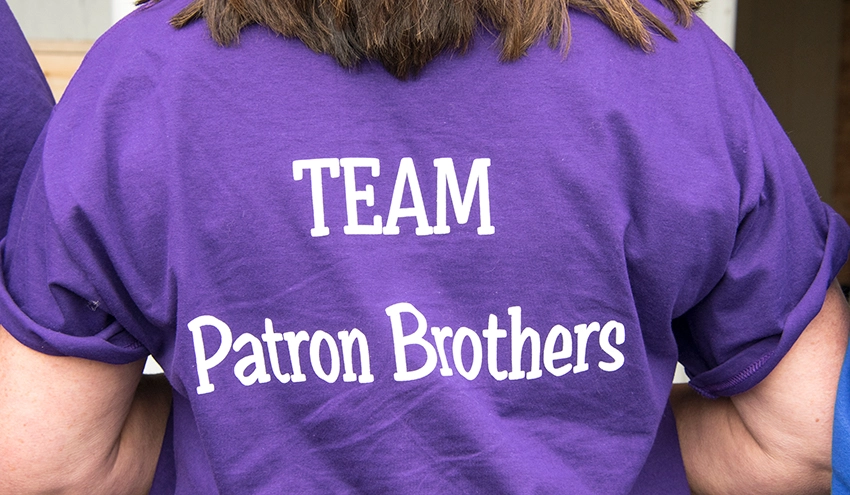
Patron continued working at the biotechnology company after graduation. In 2015, he moved to a respiratory research hub at Novartis, where he is pursuing similar research. There are many different mutations that affect CF patients. The challenge is to develop molecules that address these mutations, one by one, and restore the function of the protein. At this point, treatment options are inadequate for Patron’s form of CF, which involves multiple defects of the CFTR protein.
Living the life
Patron is certainly not waiting for a magic bullet to get on with his life. He recently traded in his hockey stick for a golf club when his health took a turn for the worse, and he practices his swing every chance he gets. His family organizes tournaments to keep him motivated and connected.
“I’m a pretty bad golfer at this point, but I like that there’s room to get better,” he says. “Hockey players are notorious for loving golf.”
Patron lives the most normal life he can while also managing his disease. He takes a host of medications, including 70 pills a day. He avoids germ-ridden locales such as supermarkets, is careful to take the subway off-peak (when it’s less crowded) and wears a protective mask when he flies. While he no longer needs a therapist to whack his chest every day, he fastens on a vest that does the thumping for a half-hour.
The hope is that researchers in coming years – perhaps in Patron’s own lab – will solve his case of CF. But the model established by his parents, which he still follows, is to plow ahead with life, and not wait for a cure.


